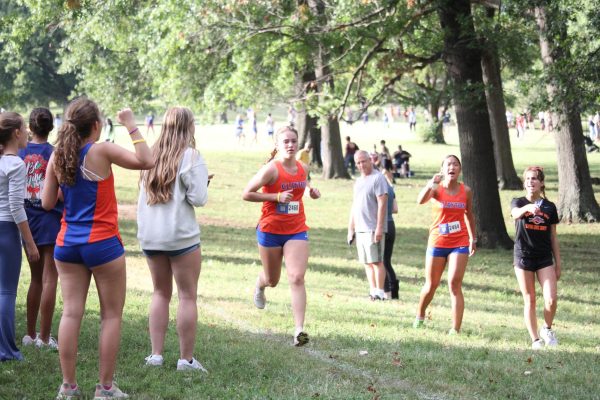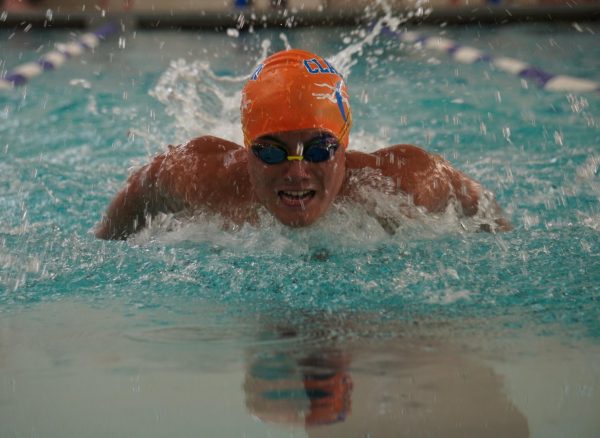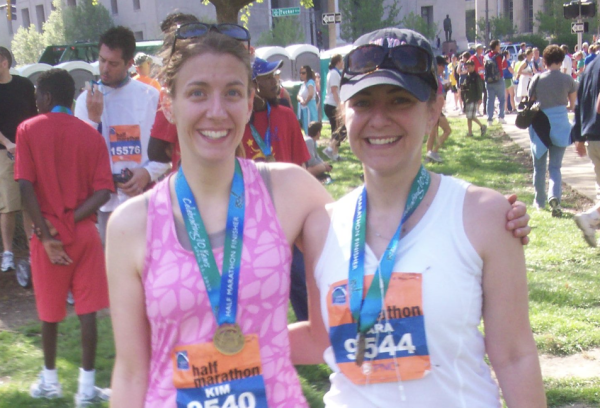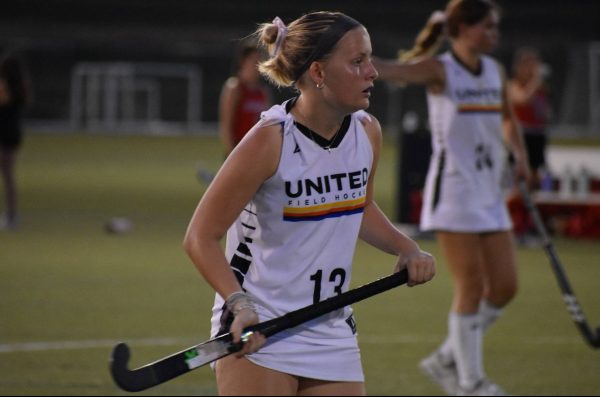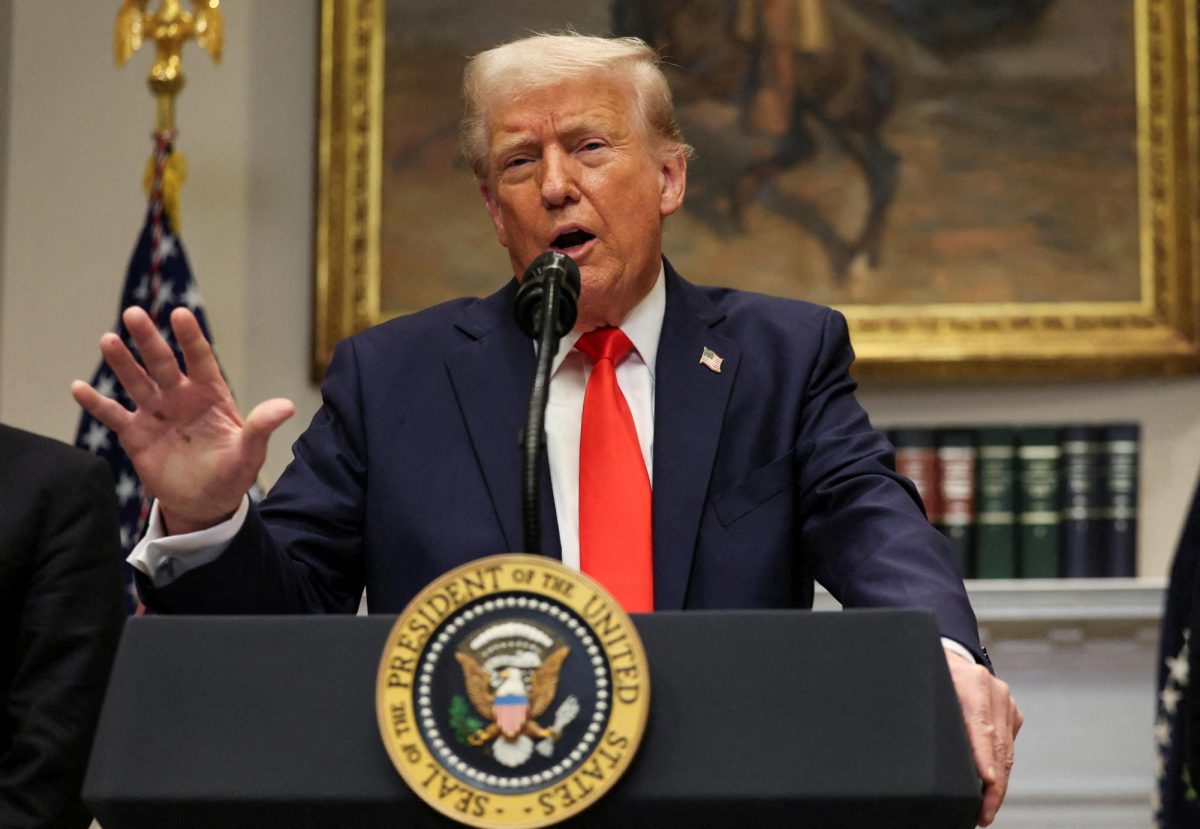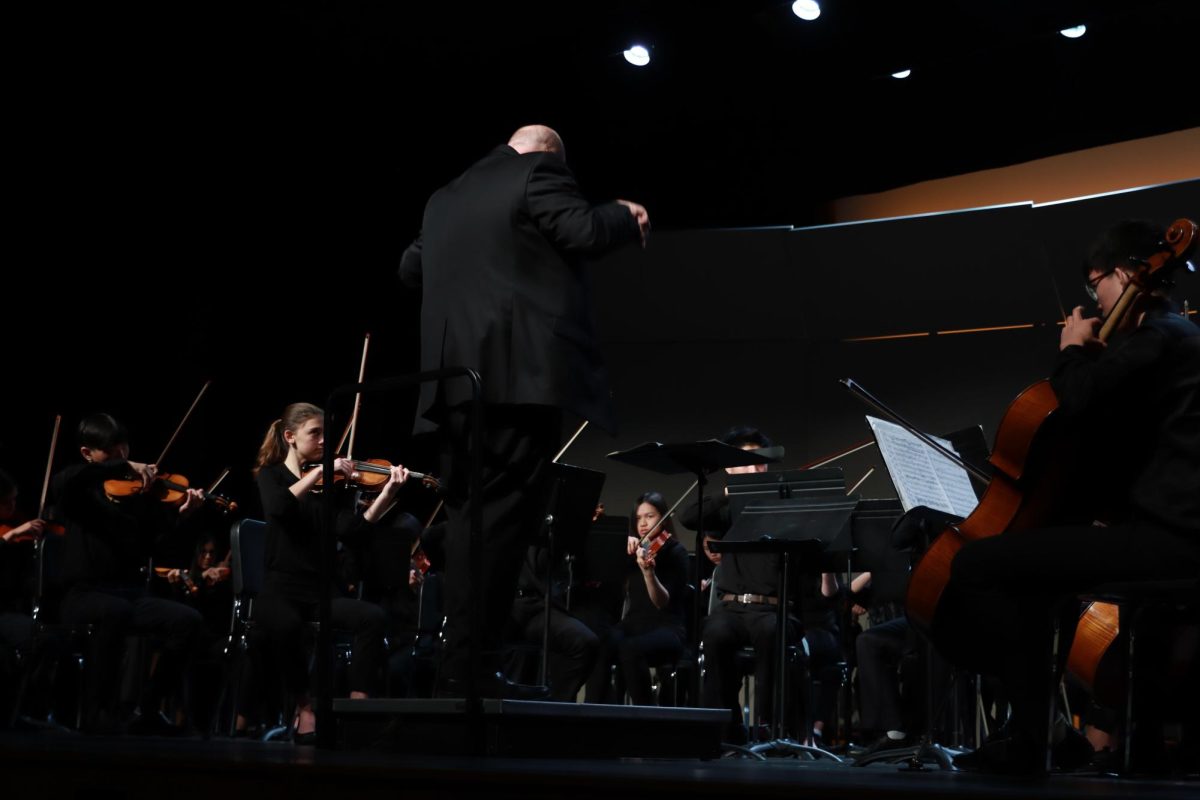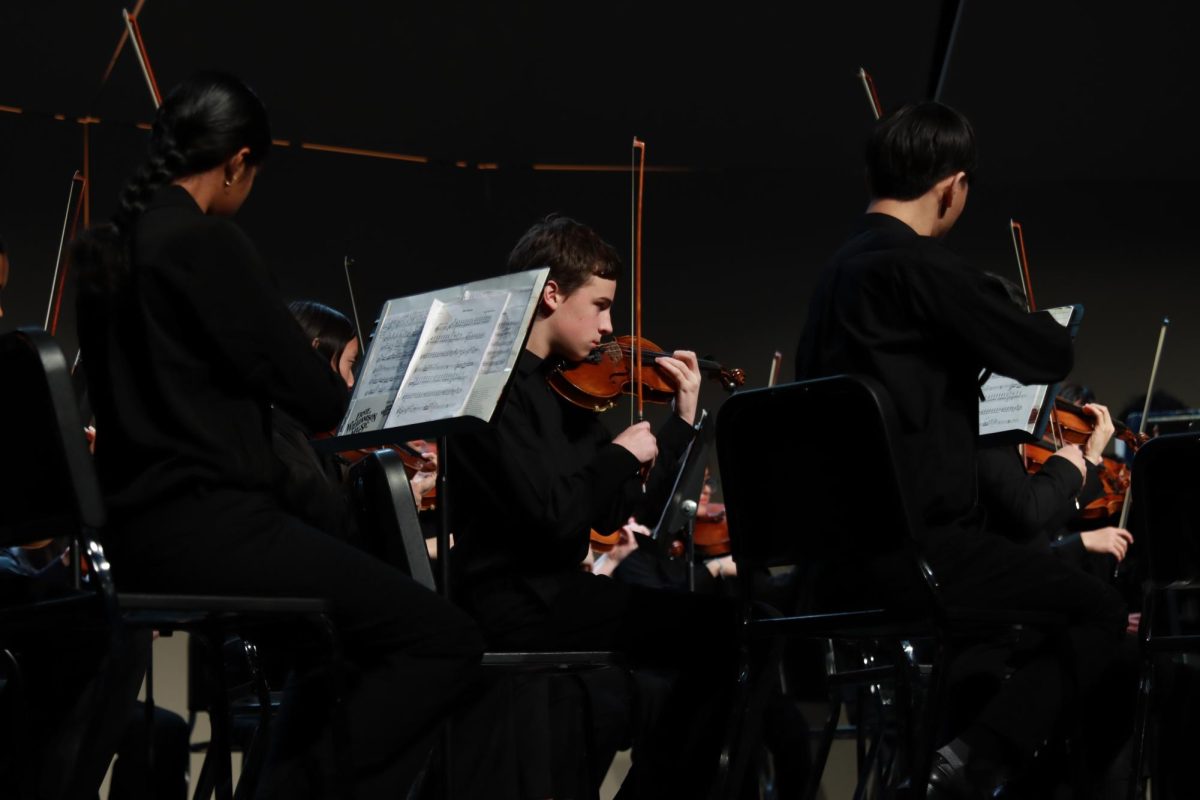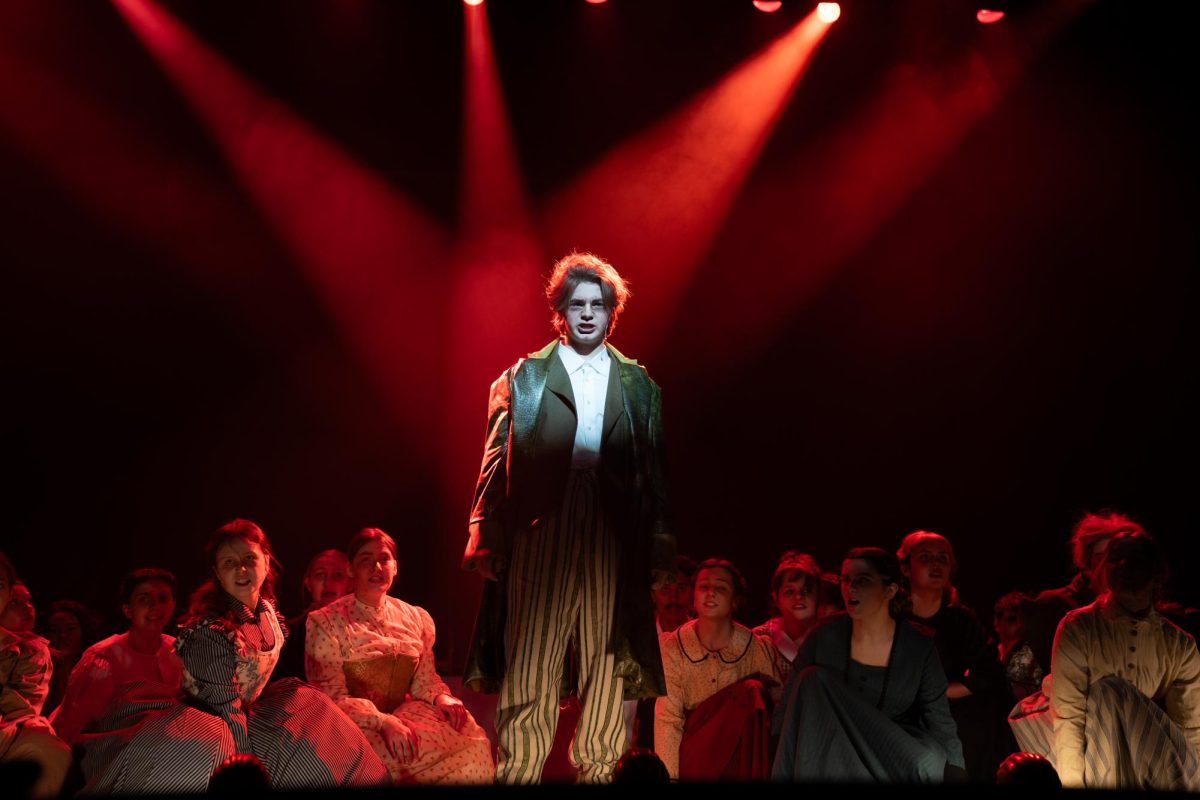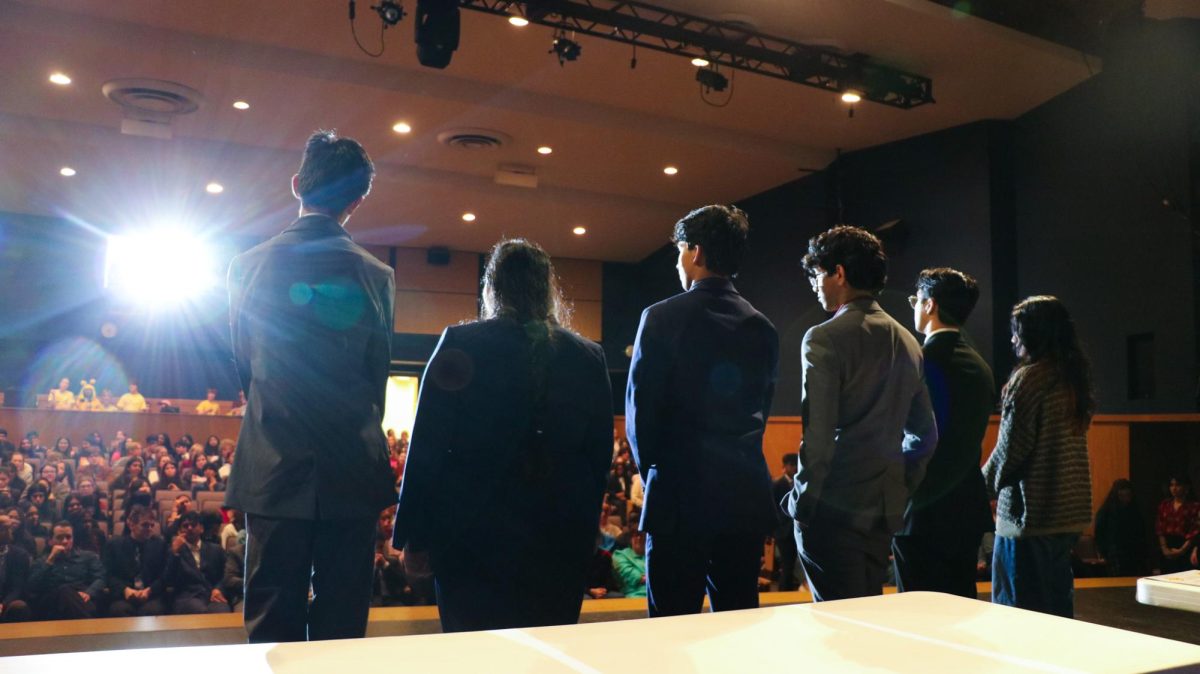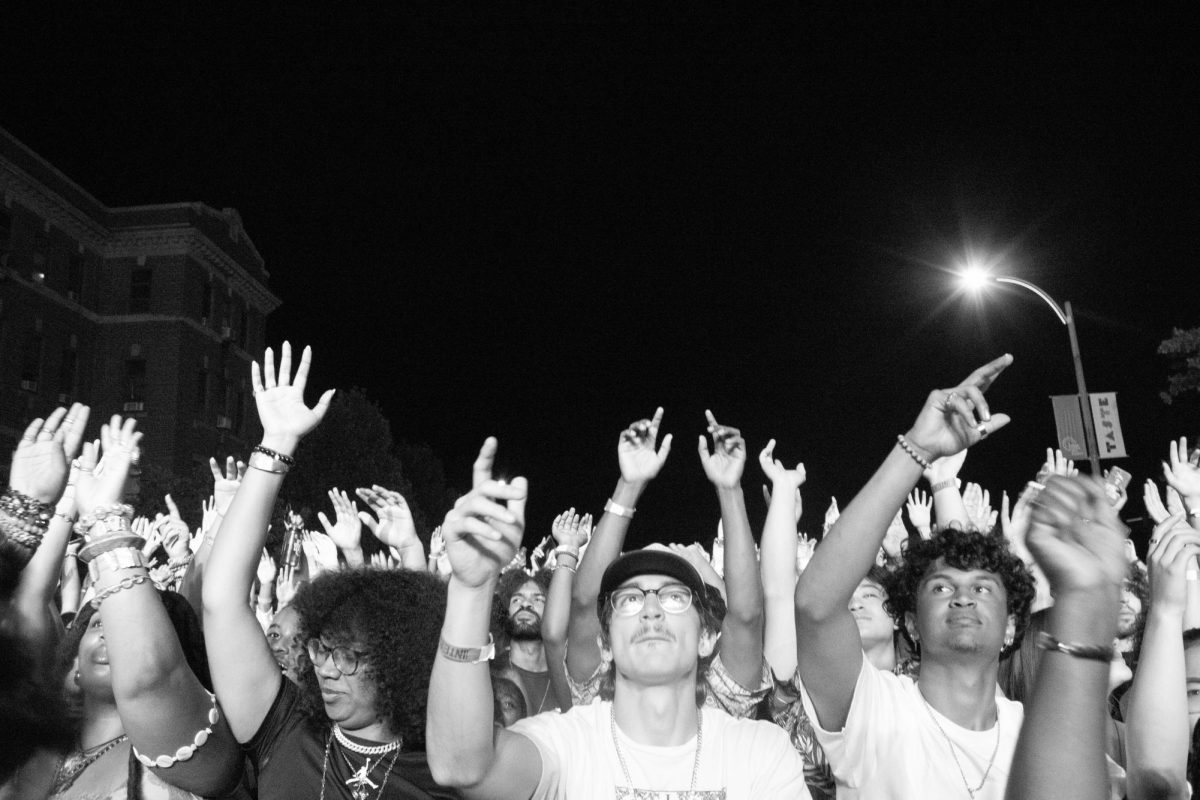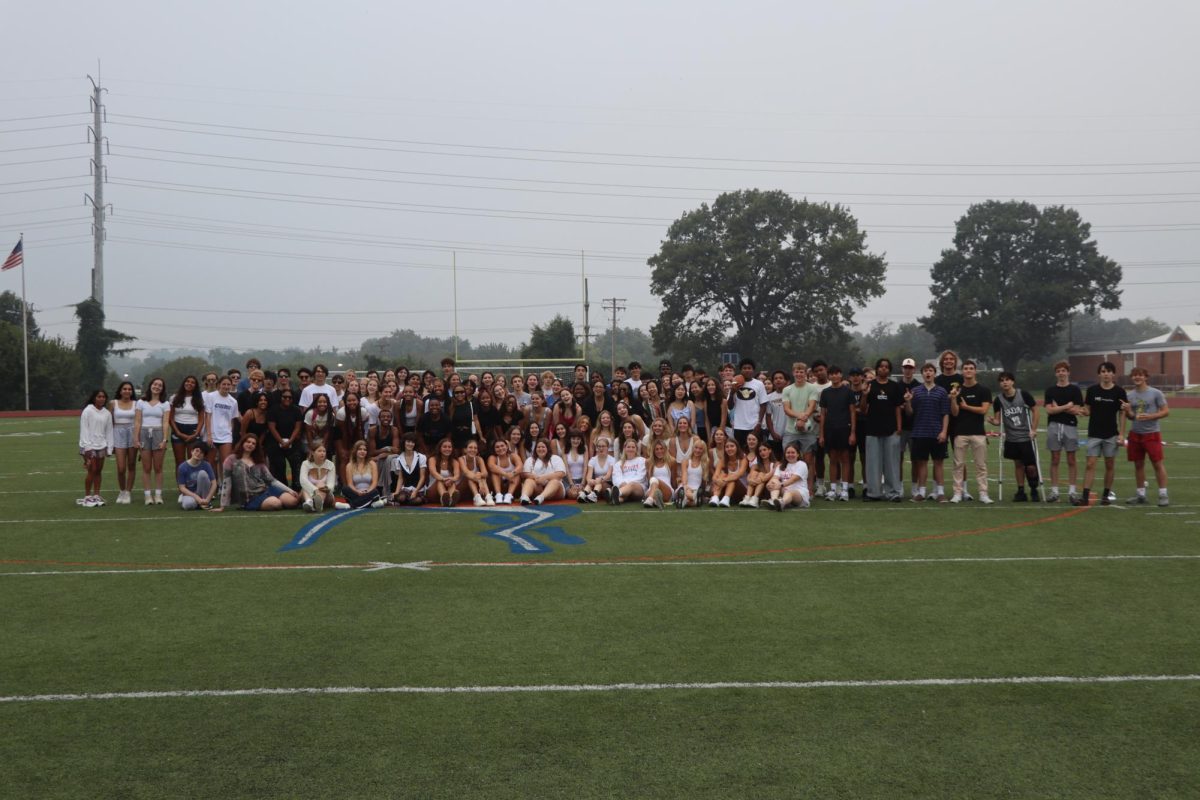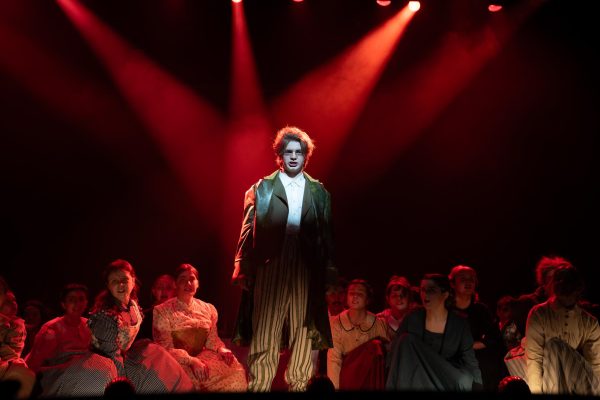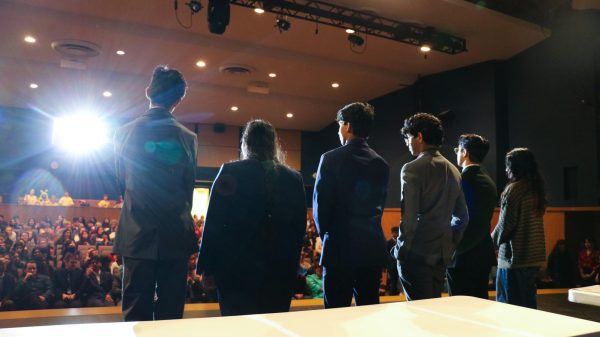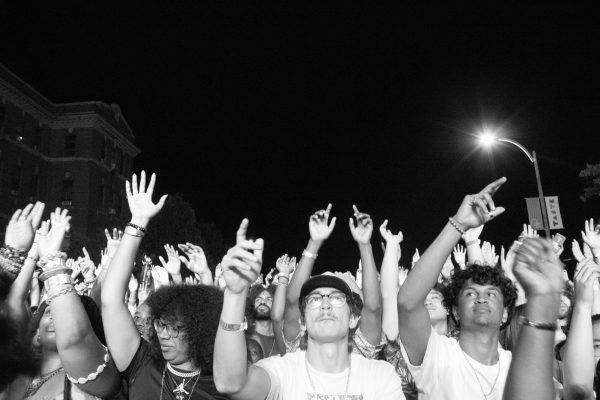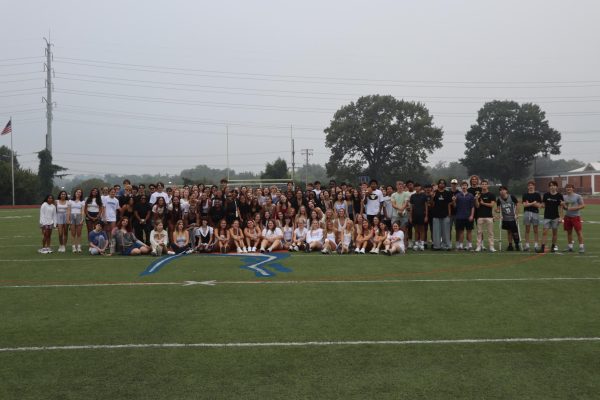Faking the Grade
March 11, 2015
On Oct 22, a report published by Kenneth Wainstein was released and exposed a practice at the University of North Carolina-Chapel Hill, where athletes struggling academically were allowed to take so-called “paper classes”.
These classes were essentially independent studies requiring no attendance and involving a single paper that allowed functionally illiterate football players to boost their GPAs, thus fulfilling the National Collegiate Athletic Association’s eligibility requirements.
Additionally, 183 UNC-Chapel Hill athletes who played football or basketball from 2004 to 2012 were tested on their reading skills by UNC-Chapel Hill graduate student Mary Willingham. She found that 60 percent read between fourth- and eighth-grade levels. Between 8 percent and 10 percent read below a third-grade level.
Student-athletes with below-average reading skills playing in the lucrative collegiate sports of football and basketball are not new, and they certainly aren’t found only at UNC-Chapel Hill.
In 1989, for example, football player Dexter Manley told Congress that he was functionally illiterate through college at Oklahoma State and his professional career.
The UNC-Chapel Hill scandal is just one of many symptoms of the larger issue of the NCAA exploiting student-athletes.
A CNN investigation revealed that many student-athletes from various public universities where open records laws apply scored in the 200s and 300s on the SAT critical reading test — a threshold that was considered an elementary reading level and too low for college classes. The lowest score possible on that part of the SAT is 200, and the national average is 500.
These scores aren’t going to get seniors in elite colleges like UNC-Chapel Hill, let alone any college.
Recently, the Drake Group, which pushes for academic integrity in collegiate sports, lobbied for an amendment to the College Education Act of 1965. They constructed the College Athlete Protection Act — legislation that would bench freshmen as a consequence of being academically more than one standard deviation lower than the average student admitted to the university.
However, college sports is a $16 billion business. In 2012, the University of Louisville earned a profit of $26.9 million from its men’s basketball program. Establishing a preeminent football or basketball program is a worthy investment for Division I colleges, seeing that millions of dollars are at stake for winning programs.
Not every college athlete is certain to play professionally. Ultimately, it is the college’s responsibility to ensure that every student obtains a degree by ethical means. But with big-ticket rewards still in place, collegiate athletics certainly aren’t going to change any time soon.






![The All-In Coalition marches in the 2022 Homecoming Parade. The students spent the morning decorating the car and threw out frisbees and candy in the parade. ¨[I wanted to] go to the parade [to] get to know everyone better and find common interests besides wanting to combat teen substance abuse,¨ freshman Olivia Lin (pictured left holding the banner) said.](https://www.chsglobe.com/wp-content/uploads/2024/12/image6-1-300x225.jpg)

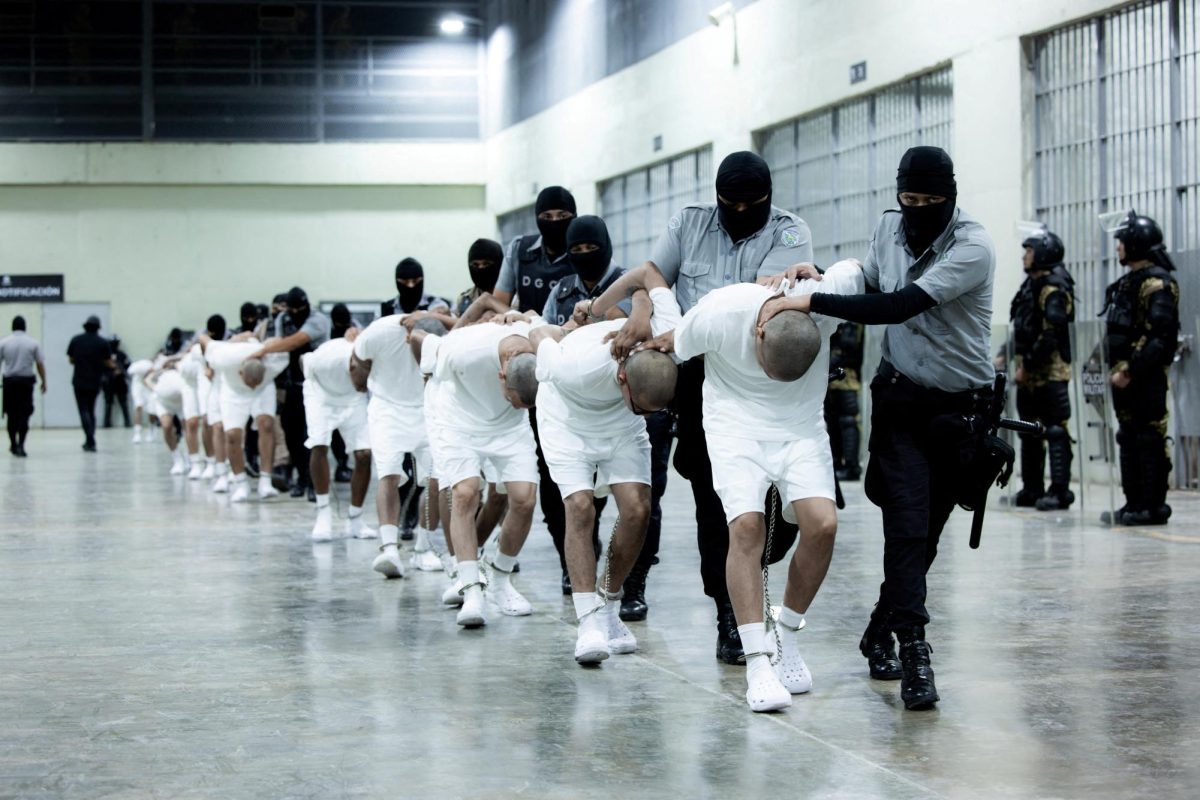


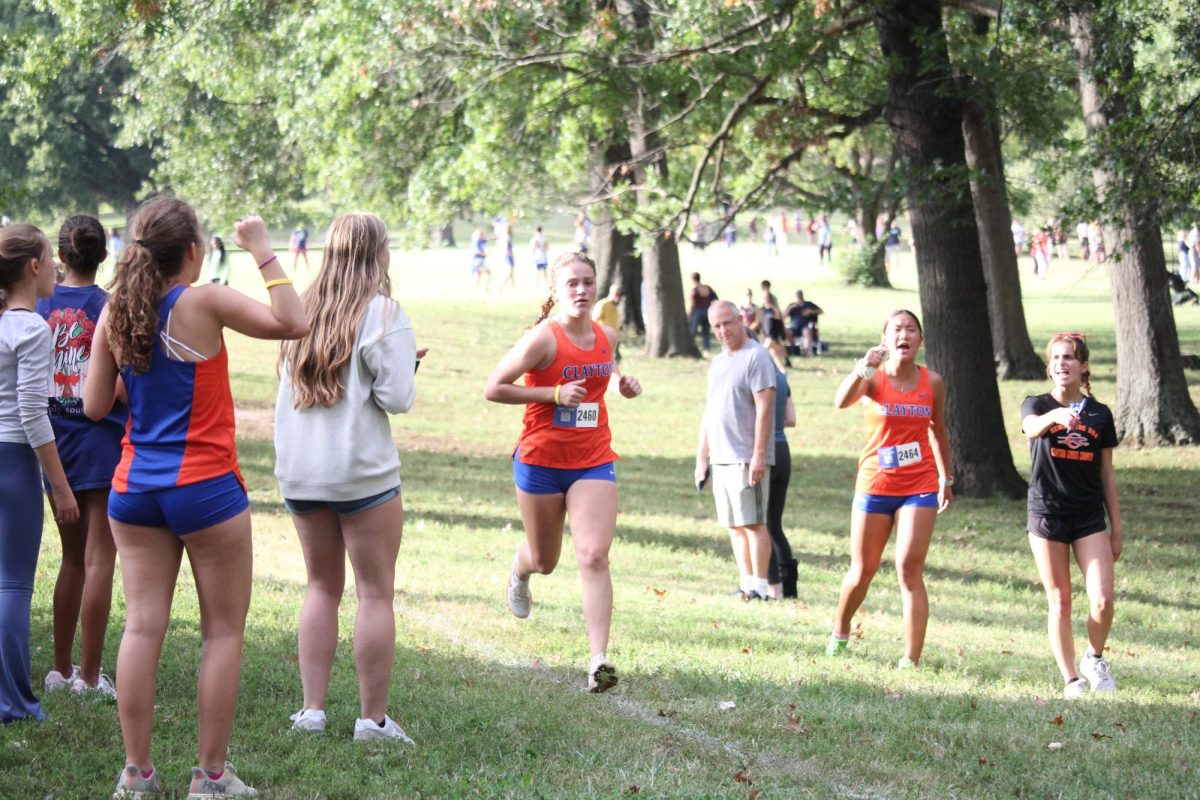
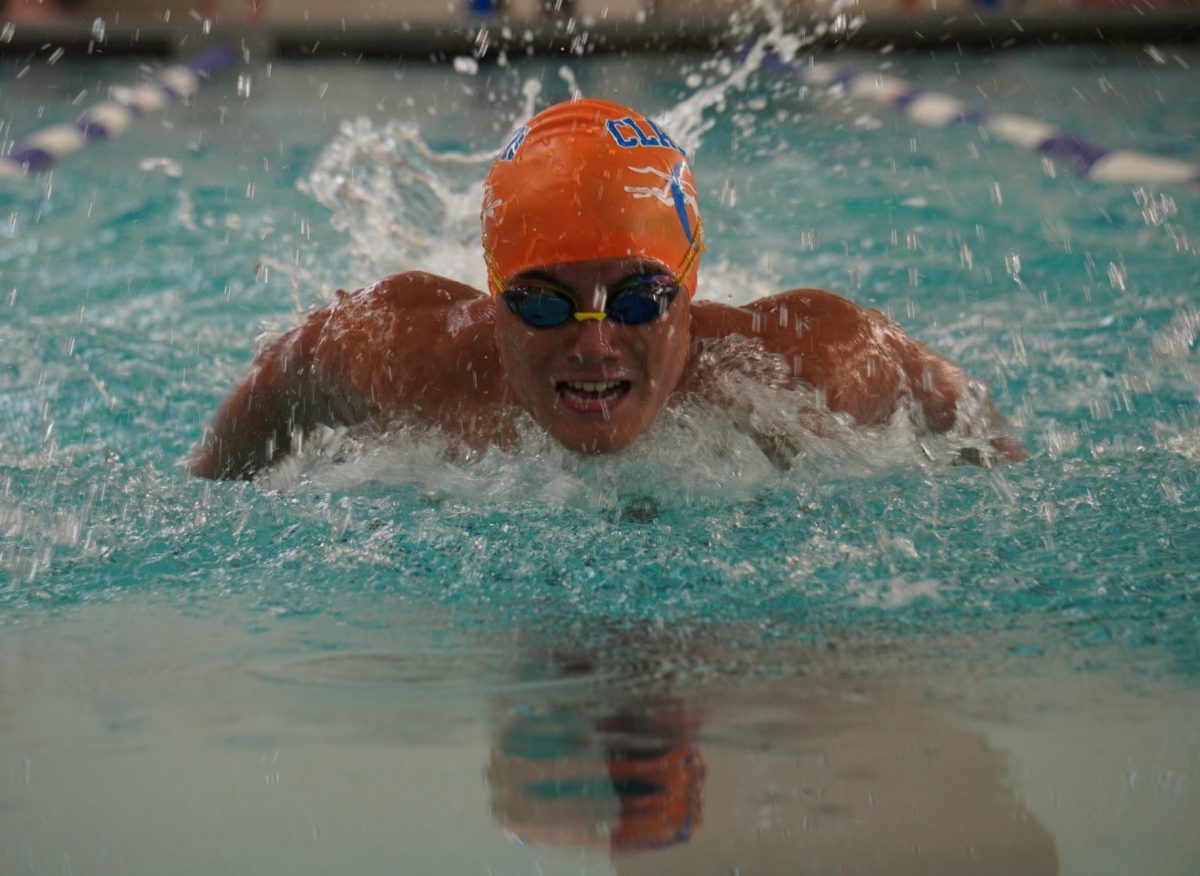


![Rowing Club teammate Audrey Burger poses next to Juliette Springer at the Haxton Ohio race. The team placed sixth out of 16; in the previous race, they placed fourth. "[After] the race was over, I felt very relieved because of how nervous I was before the race. I also felt proud because I did better then I thought I was going to do," Springer said.](https://www.chsglobe.com/wp-content/uploads/2024/12/IMG_7938-1.jpg)
